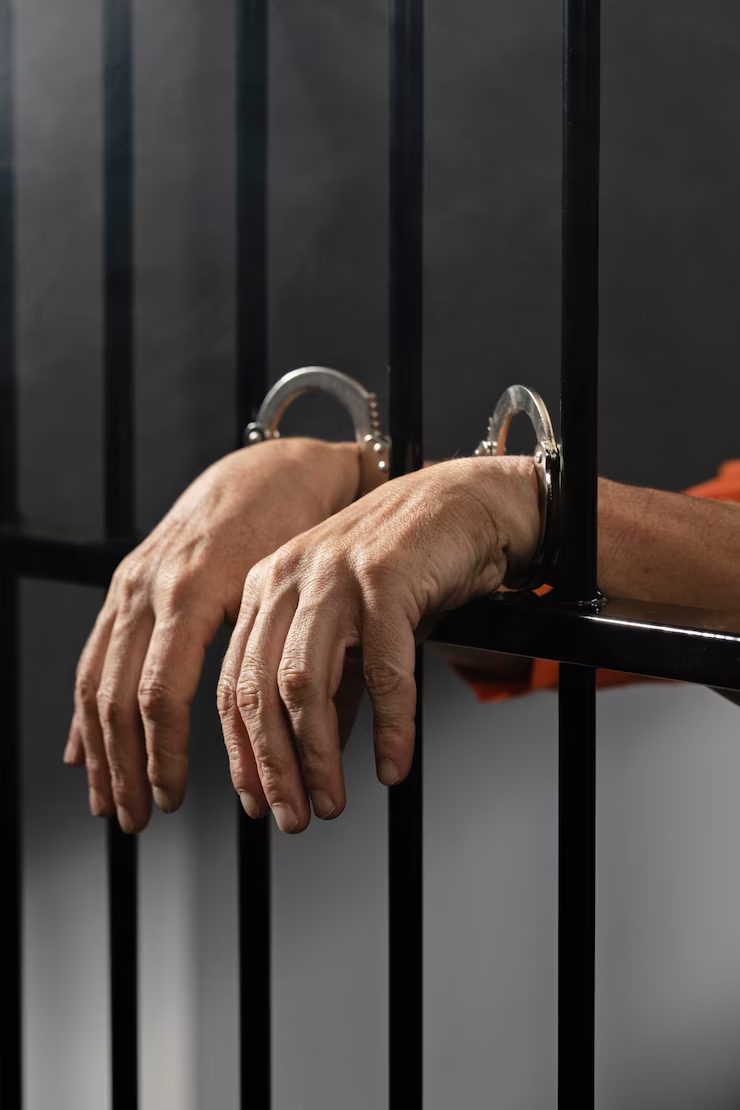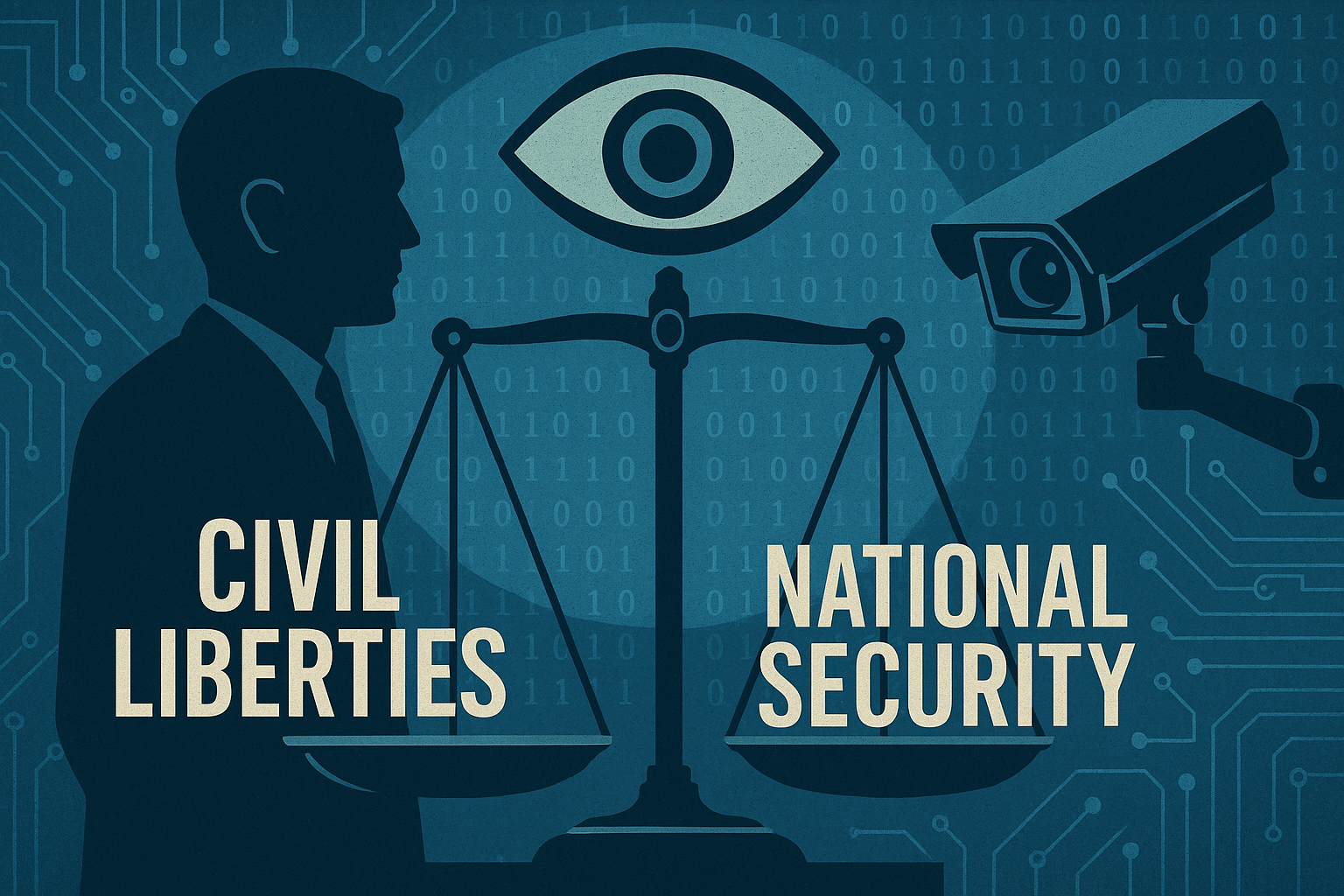PRISON REFORMS IN INDIA: Pre-independence prison reforms -
In 1835, TB Macaulay established India's present penal system. The newly established Prison Discipline Committee 1836 turned in its findings in 1838.This group pushed for harsher treatment but rejected all humanitarian and improvement requests for the prisoners. Central Prisons were constructed in 1846 in accordance with the 1836–1838 advice of the Macaulay Committee. Thus, the current prison system in India is a legacy of British rule.Sir Alexander Cardio chaired the Indian Jail Reforms Committee from 1919 to 1920, which was formed to propose policies for the improvement of prisons. The committee on prisons also recommended that each facility establish a maximum intake limit based on its dimensions and layout.To address jail reforms, a new committee was set up in 1946. This committee suggested that juvenile offenders should be treated differently, that new correctional facilities should be constructed, and that criminals should be classified into categories such as women, habitual offenders, or individuals with disabilities.
Restructuring prisons after independence:
Following India's independence, the push to improve its prison system intensified. As a result, in 1956, life imprisonment was introduced as an alternative to transportation as a punishment. In 1949, a committee named Pakawasha permitted the employment of prisoners in road construction, with wages provided for their work. Subsequently, in 1951, a technical expert, Dr. W.C. Reckless, proposed enhancements for the prison system. Building on Dr. W.C. Reckless’ suggestions, a committee was later formed in 1957 to create a comprehensive All-India Jail Manual.In 1857, the Indian government formed the All India Jail Manual Committee with the task of creating a model jail handbook. The committee submitted its report in 1960. They were asked to examine prison management challenges and provide suggestions for reforms that could be applied uniformly throughout India.The Juvenile Justice Act of 1986 introduced observation homes, special homes, and juvenile homes aimed at receiving neglected children and juvenile offenders, thus preventing their placement in adult prisons. In 1987, the Indian government established the Justice Krishna Iyer Committee to investigate the conditions faced by women inmates in India.
Changes in the management of the prison system :
While the current jail system is in much better condition than it was previously, significant improvements are still needed to ensure humane treatment of inmates. To enhance the effectiveness of these facilities, the following recommendations for jail management can be made .Inmates should only serve the minimum time necessary for their detention. Reducing lengthy sentences would alleviate the financial burden on prisons. Regarding inmates awaiting trial, female prisoners should experience greater leniency, allowing them more frequent visits with their children. This will support their mental well-being.Only female police officers or prison officials must handle female offenders, and we must implement the creation of separate, female-only prisons. First offenders, minors, and those undergoing trials must be kept apart from the general inmate population. Additionally, juvenile offenders must be strictly separated from adult offenders.Inmates should be scientifically classified according to their age, sex, character, and the nature of their crimes. It is imperative that prisoners from the peasant class be granted the opportunity to visit their farms during the harvest season on temporary leave to tend to their crops.While inmates are entitled to visit their close relatives at designated times, it is essential that they are afforded privacy during these interactions. There should be no restrictions on inmates' ability to communicate with friends, family, and legal counsel.
Trends in judicial :
The Indian judicial system has played a significant role in guiding convicts and ensuring the protection and security of those who are detained or incarcerated, aided by landmark case laws.
In the case of D. K. Basu v. State of West Bengal, 50 AIR 1997 SC 610, the Supreme Court ruled that the friend or family of the accused must be informed of the arrest as soon as possible. This provision is designed to allow the accused's loved ones to start gathering information, obtain legal counsel, prepare a defense against remand applications, and complete the necessary arrangements for bail.
conclusion: It is important to recognize that the prison system is tasked with the mission of reforming inmates and reintegrating them into society. An ideal prison should provide not only sufficient labor and vocational training but also basic educational facilities, along with recreational and medical amenities.In India, prison reforms were necessary responses to the harsh treatment that political prisoners faced during their incarceration, rather than being driven solely by social movements. The Indian judiciary has historically played a significant role in enhancing the prison system, and it is hoped that recent Supreme Court rulings will help alleviate some of the current challenges within the prison system. This indicates that we are at the beginning of a long journey that represents a small, yet meaningful, step toward improved administration and management of the prison system.
It is essential to recognize that it is not just the prison facilities that need to be changed; the activities that occur within them also require examination. Therefore, in addition to improving inmate amenities, this study must prioritize the human rights of inmates.








